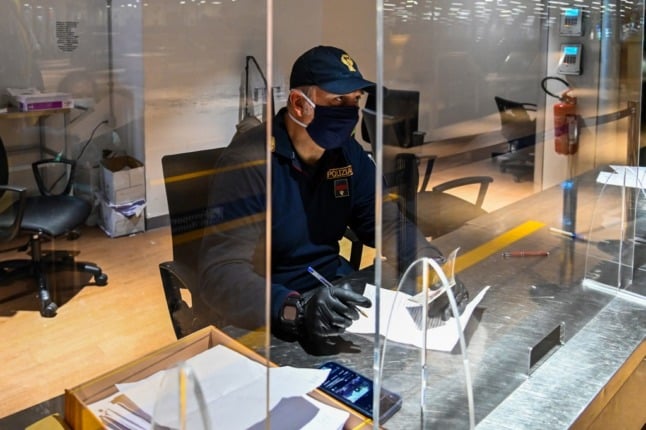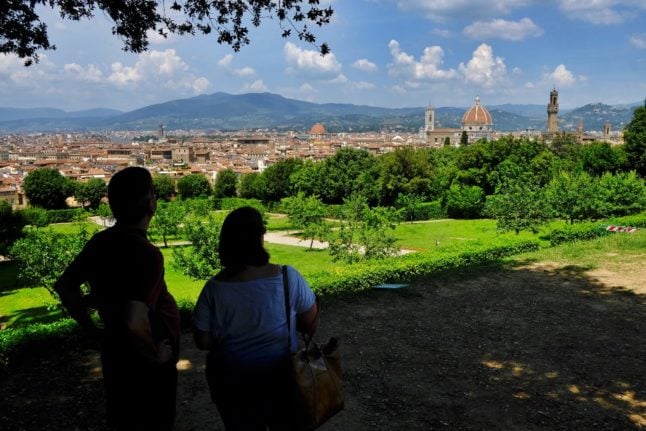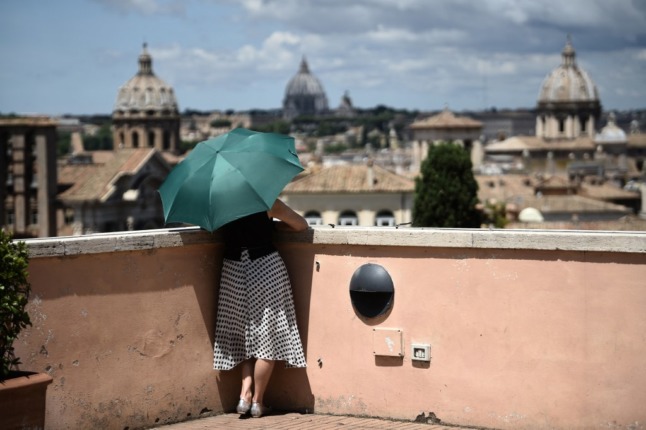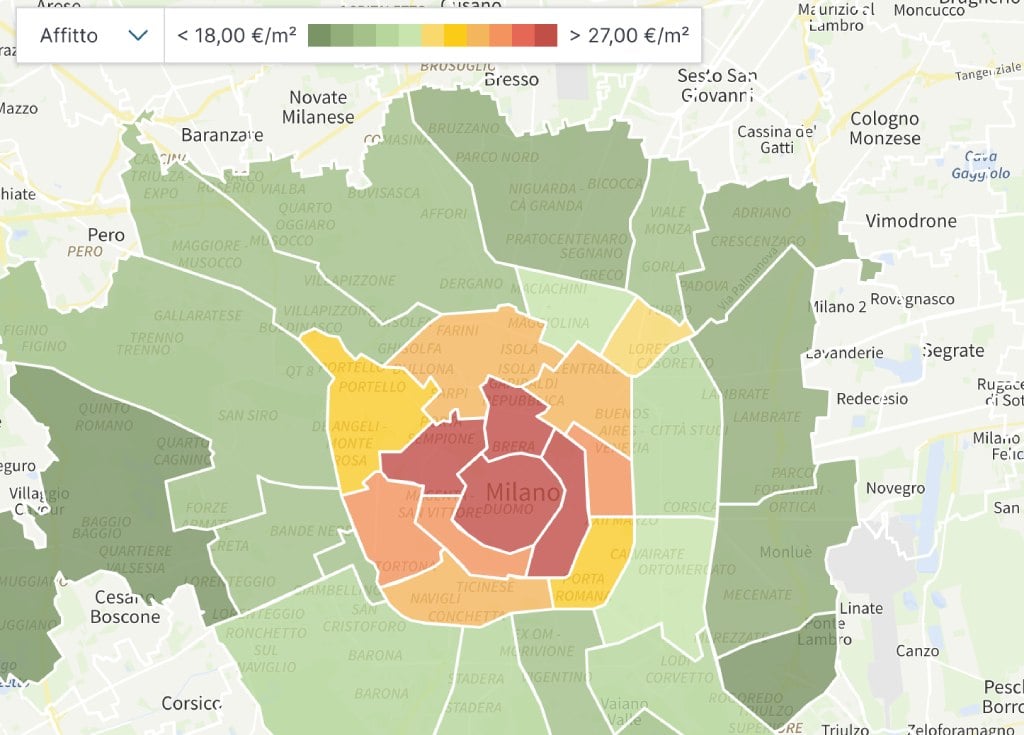Non-EU citizens planning to stay in Italy for more than three months will need a visa (visto). And the type you’ll need to apply for depends on the reason you want to live in Italy.
If you’re a citizen of a country covered by European Union freedom of movement rules, visa requirements do not apply, although you will need an Italian residence permit for stays longer than 90 days.
READ ALSO: ‘Do your homework’: An American’s guide to moving to Italy
For everyone else, this article looks at Italy’s long stay visas, also known as the ‘Type D’ or ‘D-Visa’. This is the type of visa you’ll need to get if you want to stay in Italy longer than 90 days – eg. when moving here for study, work, family reasons, or retirement.
Remember that a long-stay visa allows you to enter Italy. After that, you will also have to get an Italian residence permit (permesso di soggiorno) in order to be allowed to stay for longer than 90 days.
For employees: work visa
If you’re a citizen of another EU country, Norway, Iceland, Liechtenstein or Switzerland, you don’t need a permit to work in Italy.
If you’re from another country, you will need a work visa. You will also need to check the requirements according to the type of work you intend to do, as Italy uses a quota system for visas for lots of occupations.
Italy’s government in 2022 approved a special ‘digital nomad’ visa for remote workers, which would operate outside the quota system. But so far, there’s no sign of this visa type becoming a reality.
In all cases, you must find a job before applying for the visa. The good news is that your employer will then complete most of the visa application process for you. All you need to do is provide them with the relevant paperwork.
Your employer will apply for permission to hire a migrant worker from the immigration desk at their local Prefettura (prefecture, the regional office of the central government). They will then be given your authorization to work. The Prefettura will inform the Italian consulate or embassy in your home country that your application can go ahead.
READ ALSO: ‘The job can come as a shock’: What it’s really like working as an English teacher in Italy
Your local embassy will provide you with an entry visa, which should take less than 30 days. You’ll have six months from the date of authorization to visit your local Italian embassy and collect your visa.

For students: student visa
Non-EU students are required to obtain a student visa prior entering Italy.
There are two types of student visas in Italy, depending on the duration of the study program:
- Type C: Short-stay visa or travel visa (for a period not exceeding 90 days).
- Type D: Long-stay visa (for more than 90 days).
When applying you should provide a letter of acceptance to your course in Italy, as well as proof of accommodation, sufficient financial means and health insurance.
READ ALSO: Five things to know before you apply for an Italian student visa
For people with relatives in Italy: family visa
There is a visa available for dependents of an Italian citizen, or a non-EU citizen with an Italian permit of stay. This allows entrance in Italy to their spouse, children or dependent parents.
You will need to provide evidence of your relationship with the person whose dependent you will be, for instance marriage or birth certificates.
For entrepreneurs, artists and qualified professionals: self-employed visa
Foreign citizens can also apply for a visa in order to start a company in Italy, to work as a qualified, self-employed professional (for instance an accountant or translator) or as a professional artisan, artist or athlete, or to take a corporate managerial role.
Applicants must demonstrate that they have the equivalent qualifications and meet the same conditions required of Italians doing the same activity.

For people with money: investor visa
Italy offers a “golden visa” for those planning to invest in strategic assets in Italy. Both non-EU citizens and people from within the Schengen zone can apply.
In exchange for a minimum investment of €500,000 to €2 million in certain companies, charities or government bonds, the visa entitles you two years’ residency, renewable for further three-year periods, and special tax benefits. Investors’ families are eligible to apply for dependent visas.
Read more about applying for the investor visa here.
For retirees: elective residency visa
This lesser-known type of visa is designed for those who want to live in Italy and have the financial means to support themselves without working. It is often referred to as a retirement visa.
The Italian Consulate of San Francisco describes it as being for people who “wish to reside permanently in Italy and who can demonstrate a stable and ample pension income and high financial resources”.
READ ALSO: ‘What I wish I’d known’: An American’s advice on getting residency in Italy
It is not for extended vacations or sabbaticals. Nor is it for anyone who wants to work in Italy – even freelance or remotely – or who does not have the means to support themselves without a job.
But if you’re an independent retiree looking to move to Italy, it might just be for you. Find out more about applying for the elective residency visa here.
For young people: working holiday visa
Italy also has a a type of visa available only to people aged 18-30 from certain countries under a working holiday program.
Currently, Italy has Working Holiday Visa agreements with the following countries and the requirements vary for each:
Young people aged 18-30 from the above-mentioned countries can apply for this visa, which allows them to live and work in Italy for up to a year.
Note:
Whichever type of visa you need, you should apply for it at the Italian embassy or consulate in your home country before you leave. Bear in mind that the process can take a while – it’s best to ask your embassy for an idea of the required timeframe and then start as early as you can.
And remember that your visa isn’t the only permission you’ll need if you want to live in Italy.
After you enter Italy with a long-stay visa, you have 8 days to apply for a residence permit (permesso di soggiorno). The length of time this document will remain valid depends on the type of visa you have.
Find out more about the process of applying for a residency permit once you arrive in Italy here.
Please note that The Local is unable to advise on specific cases. For more information about visa applications, see the Italian Foreign Ministry’s visa website, or contact your embassy or local Questura in Italy





 Please whitelist us to continue reading.
Please whitelist us to continue reading.
Member comments